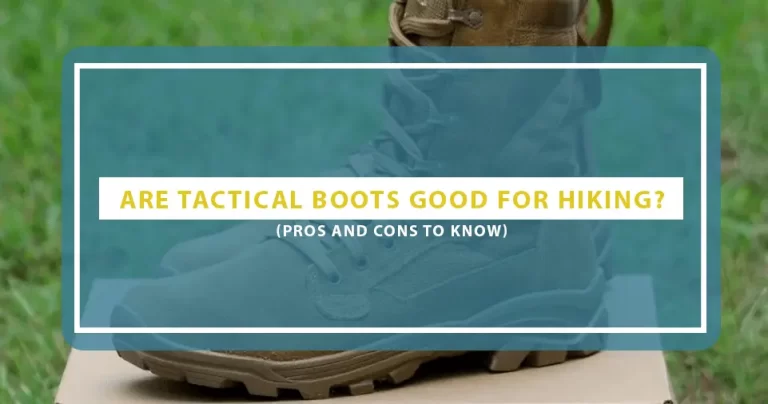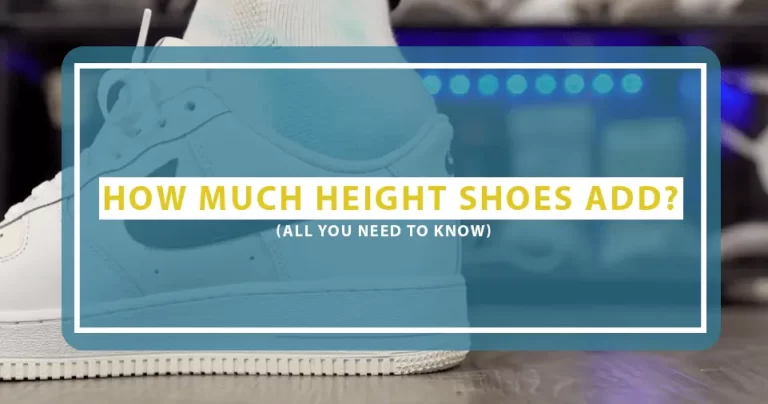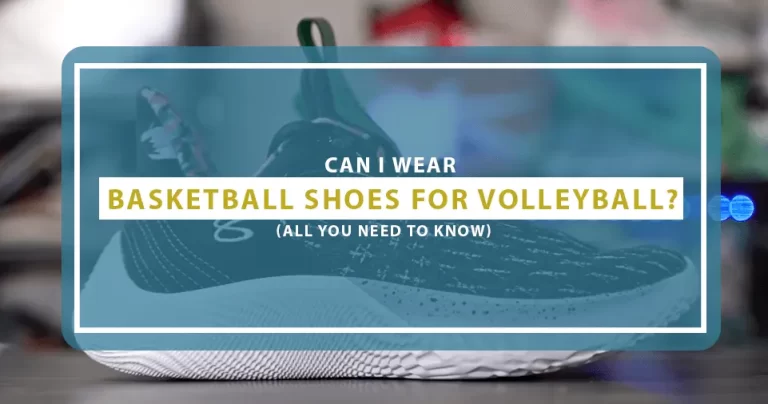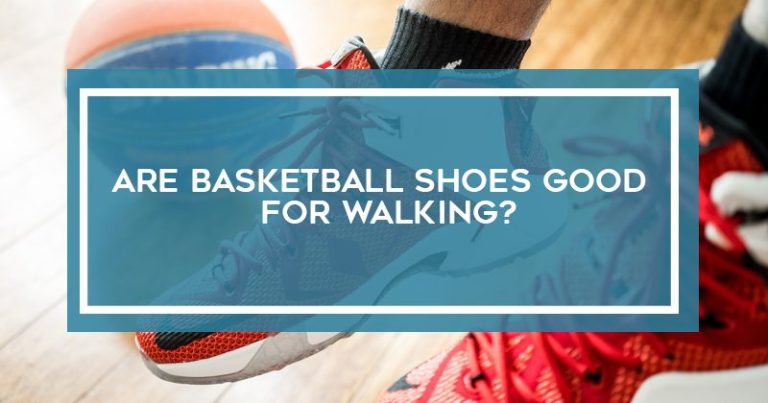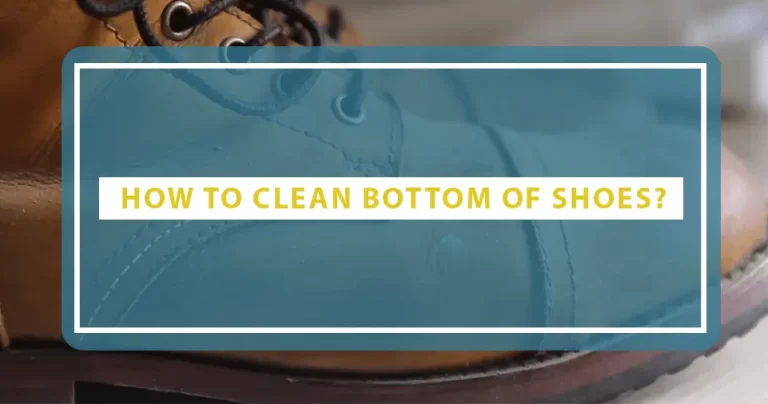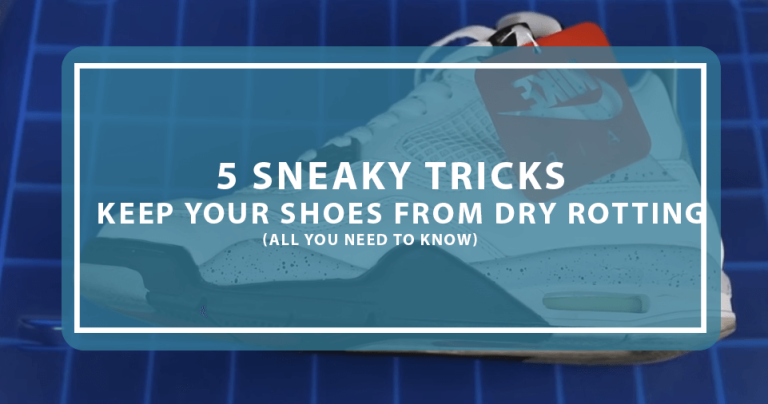Do You Wear Socks With Climbing Shoes? 7 Reasons To Know
Climbing shoes are designed to be utilized with your bare feet; hence socks would cause slippage and impede your performance, according to common belief. That isn’t the case, however, if you have a properly fitting climbing shoe. Many climbers wear socks with their climbing shoes, but do you wear socks with climbing shoes?
Socks help keep your feet warm and dry during the climbing process. They can provide cushioning and support when climbing up rock walls or boulders, preventing injury to your feet. Socks can help prevent blisters and chafing and can reduce the friction between your climbing shoes and the climbing wall or rock surface.
Do you wear socks with climbing shoes?
Climbing socks are designed to protect your feet from abrasion and sweat. So, wearing socks with them is a no-brainer. Not wearing socks can lead to blisters and other foot issues. Additionally, socks can help keep your toes warm and dry. If you wear socks with climbing shoes, you will have the most protection for your feet.
Reasons to Wear Socks with Climbing Shoes
Climbing socks are a must-have for rock climbing! They protect your feet from friction and abrasion, help keep toes warm and dry, and protect the foot from getting warped or deformed. Not to mention, socks can reduce fatigue while scaling a climb – especially if you’re using hard-soled shoes.
1. Socks Make Climbing Shoes More Comfortable
Wearing socks with climbing shoes not only makes them more comfortable but also helps improve grip and prevents blisters. Additionally, socks keep your feet cool and dry, which is great in hot weather conditions.
And if you happen to wear a shoe that doesn’t come equipped with socks, wearing some sock-like grips will help prevent slippage while climbing. Finally, wearing clean clothing is always a good thing!
2. Socks Prevent Shoe Odor
Climbing socks are a great way to prevent shoe odor and protect your feet from UV radiation. They can also be a barrier between your skin and the rock face, preventing injuries.
Wearing climbing socks will help keep your feet cool in hot weather conditions, as a climber’s feet sweat more than the average person’s feet. Wash them in warm soapy water twice a week and air dries them completely before reuse.
3. Socks Cause a Tighter Fit
Climbing socks are essential climbing gear and help you keep your feet securely anchored to the rock face. They also provide insulation against the cold ground and a snug fit that prevents blisters or other foot injuries.
In addition, wearing socks can improve your grip on the rock, making climbing more accessible and more efficient. According to your feet, you should know how tight should climbing shoes be for you.
4. Socks Prevent Blisters
Wearing socks while climbing can help prevent blisters and keep your feet warm in the colder months. Socks also protect your footwear from dirt, rocks, and other debris that can damage them over time.
In addition, wearing socks with climbing shoes helps to keep your feet dry and comfortable even when it’s wet outside. Finally, socks can be worn with running or hiking shoes for extra protection on rugged terrain
5. Socks Keep Your Feet Warm
Wearing socks while climbing can keep your feet warm and protected in the colder months. They also help to prevent blisters, which are a common injury climber, suffer. Additionally, socks absorb sweat and moisture so that your feet stay dry and comfortable all day long!
6. Socks Make Taking Shoes On and Off Easier
Wearing socks while climbing can make the process of putting on and taking off your shoes a lot easier. Not only will this reduce the time it takes to put them on and remove them, but socks also help keep your feet warm in cold weather, cool in hot weather, and reduce friction against the rock when you are climbing.
7. Socks Prevent Foot Slippage from Sweat
When you wear socks with climbing shoes, your feet are less likely to slip and fall. This helps keep both the climber and their equipment safe. In addition, socks keep your boots from collecting moisture which can cause them to rot or develop fungus. They also prevent blisters and other foot injuries – perfect for any climber!
When should you wear socks with climbing shoes?
Climbing socks are essential when climbing, and there are many reasons why wearing socks with climbing shoes is a good idea. Socks help protect your feet from rocks and roots, while also reducing the amount of sweat that gets absorbed into the climbing shoes. If you’re bouldering or route-finding a lot, wearing socks can help prevent blisters and sore feet.
Additionally, wearing socks keeps your feet clean and free from bacteria. Whether you’re bouldering or climbing outdoors, wearing socks is the most important thing you can do to protect your feet and maximize your climbing experience.
1) For using hire shoes
Climbing socks are a great way to protect your feet from the harsh surfaces of climbing and bouldering. Not only do they keep your feet safe, but wearing socks with climbing shoes can prevent blisters and sore feet in the long run.
2) For exceptionally sweaty feet
If you have exceptionally sweaty feet, it is recommended to wear socks with your climbing shoes. Climbing shoes are designed for tough use and wearing socks can help extend their life and protect your feet from blisters, abrasions, etc. Always consult your footwear manufacturer if you have any questions about how to best wear socks with climbing shoes and how to keep feet from sweating in work boots!
3) Crack climbing
Climbing shoes and socks are essential when climbing big walls or crack climbing. Climbing shoes are designed to grip the rock and protect your feet, while socks help distribute the weight of your body so you can move more freely and with greater control. Wearing socks also keeps your feet warmer in colder weather.
4) Big Walls + Multi-pitches
Climbing socks are a great way to protect your feet from sharp rocks and toeholds. When bouldering or sport climbing, wearing climbing socks with climbing shoes will help you maintain your grip on slippery surfaces. However, wearing them when trad climbing or ice-climbing is not advised as they can cause slipping and unwanted movement on the rock.
5) Rental Shoes
Do you wear socks with rental rock climbing shoes? Climbing socks are the perfect footwear for outdoor climbing. They help keep your feet warm and dry, and can also be used to protect your feet from rocks and other surfaces. Make sure to clean the shoes before returning them to the rental shop.
Do climbing shoes stretch?
Many people ask that “do climbing shoes stretch in length”. Climbing shoes change shape and stretch as you break them in, making them more floppy after a few weeks of wear.
FAQ’s
- What are the benefits of wearing climbing socks?
Climbing socks are designed to keep your feet warm and dry while you’re bouldering or climbing. They can also help in preventing blisters, chafing, and corn by absorbing sweat and keeping it away from the skin. Additionally, if you wear them when bouldering or climbing, they will help in shielding your feet from rock dust.
- Are you supposed to be barefoot in climbing shoes?
It is always recommended to wear socks when climbing shoes, no matter how good the shoes may be. Socks will help to keep your feet cool and moisture-free, preventing blisters and corn from forming on your toes and heels.
- Should I wear socks with rental climbing shoes?
Yes, you should wear socks with rental climbing shoes. Socks help protect your feet from blisters and other skin problems. Climbing socks come in different thicknesses and materials, so find the ones that fit well with your climbing shoes.
Conclusion
There are many benefits of wearing socks with climbing shoes, but the most important reason is to prevent blisters and foot pain. Do you wear socks with climbing socks? By wearing socks with climbing shoes, you will also keep your feet warm and dry, preventing the development of fungal or bacterial infections. So next time you’re climbing, make sure to wear socks to avoid any foot pain or blisters!
Don’t forget to share your experience and remarks with me in the comment box.

Nancy is an exceptional copywriter and professional content researcher who writes engaging content that sparkles businesses and companies’ online presence.

